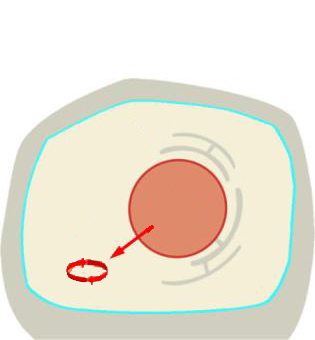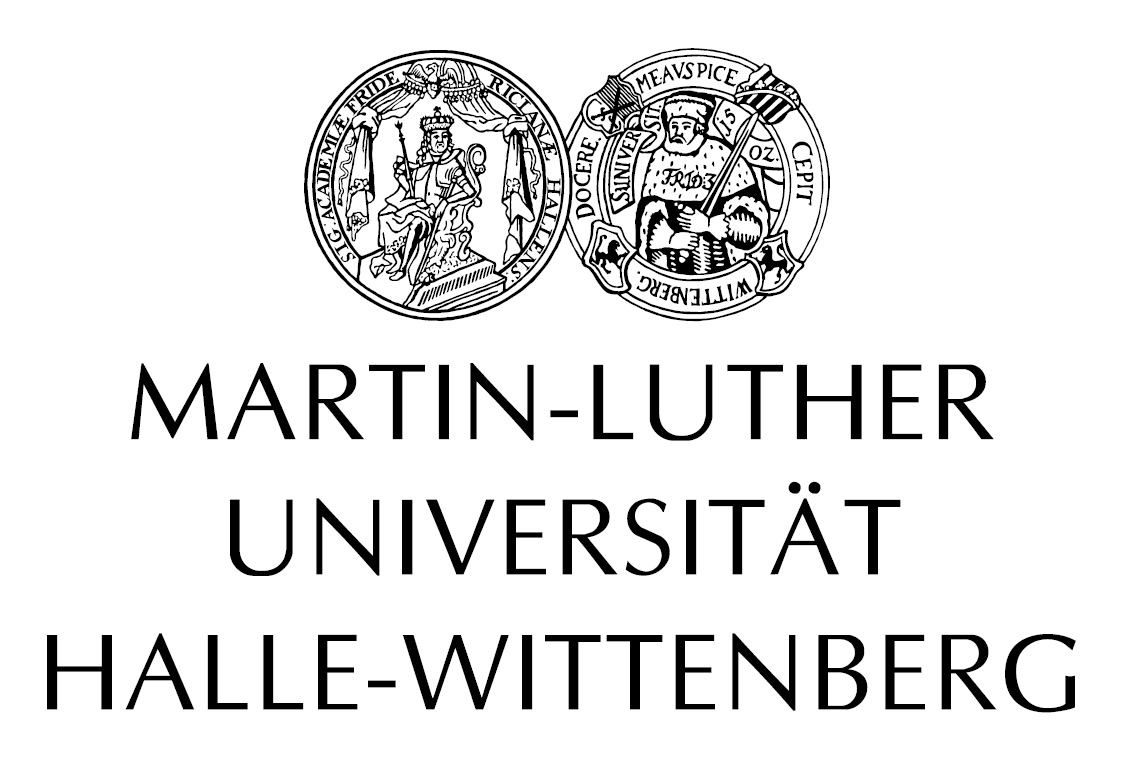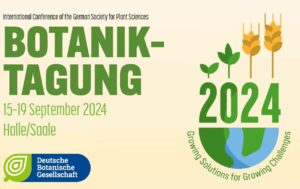P12//

Regulation of plant immunity through (sub)compartmentalization of an RNA granule protein
Project Leader// Dr. Justin Lee
Leibniz Institute of Plant Biochemistry
Department for Biochemistry of Plant Interactions
Cellular Signaling
Plants respond to environmental stresses, including abiotic or biotic factors, with reprogramming of gene expression to mount appropriate countering measures. Recently, selective mRNA translation into proteins has been reported to be a mode of plant immune response, which may represent a post-transcriptional mechanism for rapid translation of existing mRNAs and/or a safeguarding system to ensure protein translation only when absolutely necessary. Post-transcriptional control also involves cytoplasmic RNA granules (e.g. processing bodies or stress granules) – RNA/protein-containing structures that are associated with regulating RNA degradation or translational arrest. Although not separated by a membrane, these structures are “functional” sub-compartments that offer organelle-like separation of biological components/processes. We, recently, reported the Arabidopsis thaliana Tandem Zinc Finger protein 9 (TZF9) to be an RNA-binding protein co-localizing with components of RNA granules. The TZF9-labelled cytoplasmic structures show phosphorylation-dependent disappearance after treatment with pathogen-derived elicitors, and are speculated to be involved in mediating translational control during immunity (see DOI: 10.1111/tpj.14573). Conversely, nuclear pools of TZF9 have been observed (see DOI: 10.1093/pcp/pct175) but the functions in the nucleus are currently unknown. This project aims to dissect the role(s) of TZF9 in immune response (e.g. control of translational arrest) and is subdivided into the following objectives:
- To explore nucleo-cytoplasmic shuttling and TZF9 roles in the nucleus (Inter-compartment roles)
- To address functional relevance of TZF9 (sub)compartmentalization within the cytoplasm (intra-compartment separation through biomolecular condensates) for plant immunity.
- To identify TZF9 protein partners using proximity-based biotin labelling.



